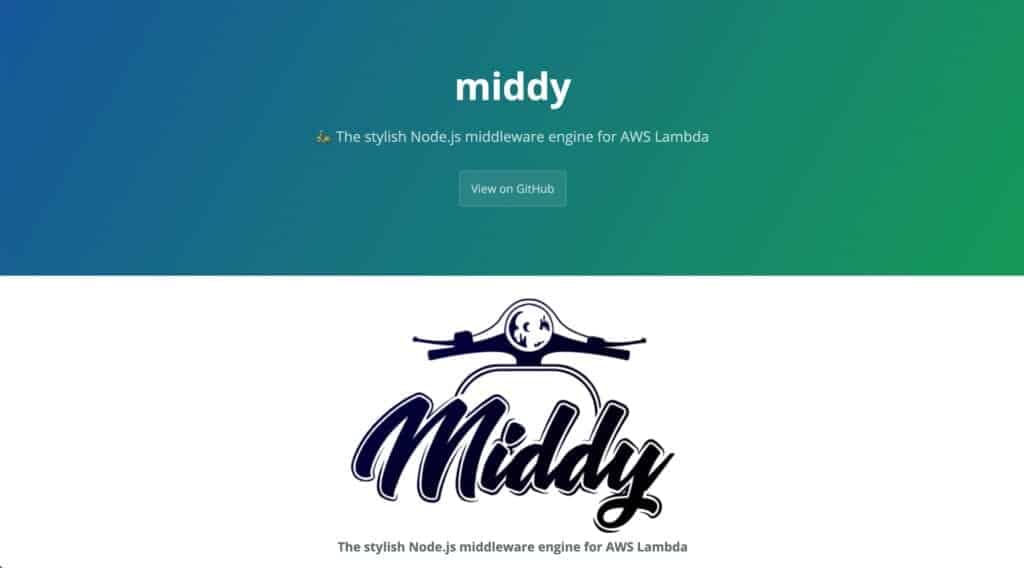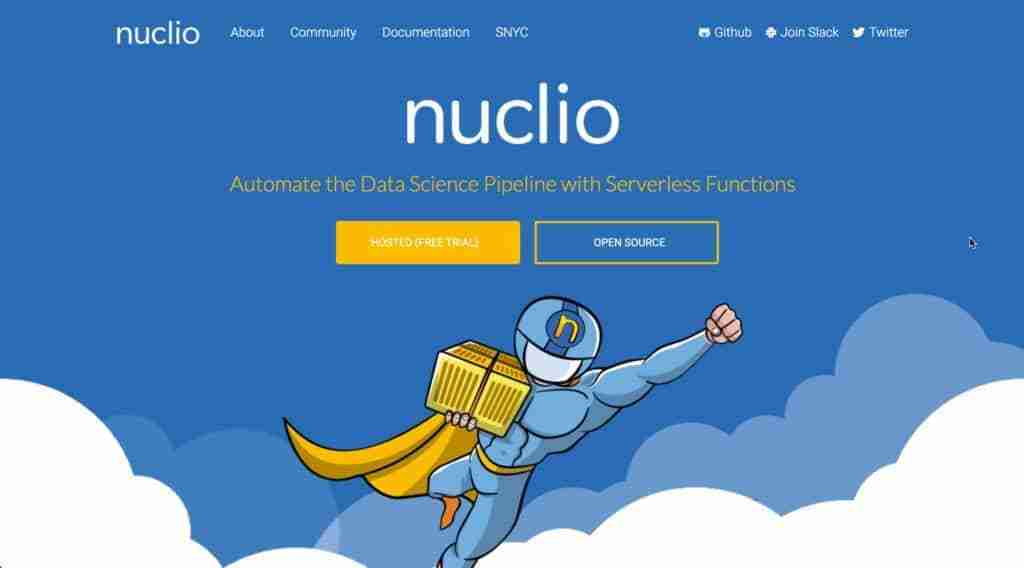Best Serverless Framework For Applications Development
Serverless frameworks provide an efficient, cost-effective way to develop and deploy applications. In addition to saving time, money, and resources, serverless frameworks give developers the flexibility to focus on the features and functionality of their applications without having to worry about managing infrastructure or scaling up/down.
There is no single opinion on the best serverless framework, as different serverless frameworks may be better suited for different projects. It’s best to research and evaluate the various options based on your specific needs. Ultimately, it comes down to personal preference or the project requirements you’re working on.
In this article, we’ll provide a review of the most popular serverless frameworks. And we hope you’ll be able to pick the most suitable framework for your needs.
Table of contents
Frameworks for creating Serverless Apps
Several frameworks are available today, and each has unique features. If you are keen on starting a new serverless project but are not sure which framework to use, below are the best ones to consider!
Apache OpenWhisk
The Apache OpenWhisk is a distributed Serverless platform that implements functions as a response to events at scale. This open-source framework allows you to develop and build your Serverless infrastructure. It helps you set up and manage your Serverless infrastructure using Docker containers. You’re increasing efficiency in your workflows and focusing on your applications.

The OpenWhisk event established its terminology. As a developer, you create your functions, which are called Actions). You may choose almost any language, including Rust! And the framework will run your functions in response to events via Triggers.
Pros of Apache OpenWhisk
- Easy integration with popular services via Packages.
- Runs on top of your infrastructure and scales per request.
- Works in Kubernetes.
AWS Amplify Framework
The Amplify Framework is a solution designed for creating cloud-enabled mobile and serverless app(s) comprising interactive serverless CLI toolchains, libraries, and UI components.

AWS Amplify is a development platform for building secure, scalable mobile and web applications. It enables developers to easily create, configure, and deploy cloud-powered applications. Its features include authentication & authorization services, managed GraphQL & REST APIs, continuous deployment & hosting of applications, serverless computing capabilities, real-time analytics & data synchronization services, and artificial intelligence (AI) & machine learning (ML) services.
Pros of AWS Amplify
- An easier and faster way to build cloud-connected, full-stack mobile and web applications.
- No need to manage infrastructure and to host – leverage services that can be deployed like AWS Lambda and AppSync.
- Native integration with AWS services.
- Supports GraphQL – an open-source data query and manipulation language for APIs.
Claudia.js
The Claudia.js framework provides developers with a relaxed approach to deploying Node-based projects to API Gateway and AWS Lambda.

The framework automates all configuration and deployment tasks. It also sets up everything that you would expect as a JavaScript developer out of the box. Claudia.js promises you can start quick Lambda function development, focusing on your business problems first.
Pros of Claudia.js
- Promises to free you from learning Swagger.
- Deploy, manage, and update using simple commands.
- Removes the boilerplate file and other stuff.
- Small learning curve.
Middy
Middy offers a middleware engine that allows you to simplify your AWS Lambda code written in Node.js.

The framework aims to solve the problem of input parsing and validation, output serialization, and error handling. The main idea is to move this stuff to separate independent modules. So, Middy developers are fighting for clean, readable, and easy-to-maintain business logic.
Pros of Middy
- Ability to maintain clean and structured code.
Nuclio
Nuclio is an open-source Serverless platform that automates the deployment of data-science apps and minimizes their development and maintenance overhead.

The platform is a high-performance framework focused on data, I/O, and compute-intensive workloads. Nuclio is useful in the following ML pipeline tasks:
- Data collectors, ETL, stream processing.
- Data preparation and analysis.
- Hyperparameter model training.
- Real-time model serving.
- Feature vector assembly (real-time data preparation).
Pros of Nuclio
- Supports Kubernetes – you can deploy it on every cloud provider platform.
- Supports languages like Go, Java, .NET Core, NodeJS, and Python.
- Support CPU and GPU workloads.
Pulumi
The Pulumi is an open-source framework that helps you create, deploy, and manage cloud-based applications. It is very interesting how Pulumi compares itself with other infrastructure management tools.

Instead of YAML or domain-specific language, Pulumi leverages existing programming languages, their native tools, and libraries. It currently supports TypeScript, JavaScript, Python, Go, and .NET.
Pulumi can simplify infrastructure management tasks for AWS, Azure, GCP, and Kubernetes. It allows you to simplify Lambda functions deployment and management as well.
Pros of Pulumi
- Support multiple cloud providers and Kubernetes.
- Low learning bar – only 5 minutes are needed to get started with every Cloud platform.
- Pulumi CrossGuard provides security, compliance, and cost controls for your organization’s cloud governance.
Ruby on Jets
If you love Ruby, you need to try Ruby on Jets. This Framework lets you build, create, and deploy your applications in this awesome language.

Ruby on Jets comprises all the essential tools needed to help you create apps using AWS Lambda, SNS, SQS, DynamoDB, and other services.
Pros of Ruby on Jets
- Prewarming Support and Custom Associated Resources.
- Focuses on AWS Lambda functions written in Ruby.
- Extensive technical documentation with lots of examples.
Serverless Framework
Well, those guys got lucky with the domain name Serverless.com!
And I intentionally put this framework closer to the bottom.

Serverless Framework is a very popular choice for creating cloud-based apps. Right now, its developers are focusing on the following use cases:
- Auto-scaling Websites and APIs.
- Event streaming.
- Image and Video Manipulation.
- Processing Events and SaaS.
- Hybrid Cloud Applications.
- Multi-language Applications.
- Continuous Integration and Continuous Deployment (CI/CD).
Pros of Serverless
- Extensive documentation.
- Support for Azure Functions, AWS Lambda, and Cloud Functions.
- Support for Multi-language like C#, Java, Go, NodeJS, Python, and Scala.
SLAppForge Sigma
The SLAppForge Sigma platform offers a cloud-based environment created to support Serverless Development ideas. The IDE provided by SLAppForge comes with features like IDE, monitoring, and debugging solutions. Sigma IDE lets you write and publish your codes in real time.

TSigma IDE operates entirely in your browser. I’m not a big fan of any click-click-click web-based solutions, but some people may find them very useful. Right now, Sigma also offers full support for modern Serverless projects in AWS and GCP (Azure coming soon).
Most interesting features of the project:
- Version Control System integrations.
- Project Builds.
- Project Deployments.
- Viewing Function Logs.
- Testing your Function.
- Managing your Project Dependencies.
- Managing and Customizing Function Permissions.
- Managing your Function Configurations.
- Pros of SLAppForge Sigma.
Pros of SLAppForge Sigma
- Completely browser-based.
- Incremental deployments.
- Integration with lots of AWS services.
- Near-zero configurations.
- Rich support for NodeJS.
- Super-fast testing.
Zappa
For fans of Python and Flask, I can not mention Zappa Framework. It is easy to build and deploy a serverless architecture in this framework, event-driven Python applications using AWS Lambda + API Gateway.
You need only three commands to be able to deploy the Zappa project automatically: install, init and deploy. That’s it. This Framework supports rollbacks, scheduling, logs tailing, remote function invocation, SSL certificates for custom domains, and more.
Pros of Zappa
- You’re Python and Flask gurus.
- You’re very strong technically.
Conclusion
There’re so many amazing Serverless frameworks from the market that you can start installing and configuring nowadays! Most of them will help you to start a project quickly. But they are not easily comparable as they tend to be designed to cater to defined tasks. Having some requirements in place can help to choose a suitable framework for your project.
The final focus is certainly on the user experience. Some frameworks can help you get the whole process running in no time. At the same time, others may need the addition of out-of-the-box tools.
I hope this article will help you choose the one that suits your needs. Meanwhile, I wish you to enjoy the endless possibilities of a Serverless world.
If you found this article useful, please, help to spread it to the world!
Stay tuned!
